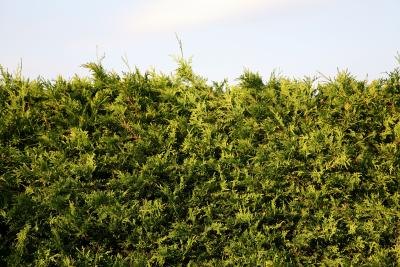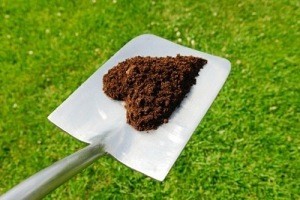This natural phenomenon makes me reflect on what our ancestors were feeling 500 years ago in 1513 when their sky also unraveled into darkness for an unthinkable amount of time with no t.v. or artificial light to distract them. At a time when King Henry VIII ruled England and was still married to Catherine of Aragon. I'm sure they would have been bewitched by the magnitude of the blackened sky. Planting, harvesting and storing crops was very much dictated by the moon in those times. Early humans noted the effect that the moon's gravitational pull had on water flow of moisture to the soil and how the moonlight effected seed germination. There are early examples of tracking the moon cycle for agricultural purposes as far back as 8000 years ago.
The Old Farmer's Almanac has been a publication for farmers and homeowners since 1792. This valuable resource contains tide charts, planting information and weather forecasts. This pubication gets it's weather predictions using a mathametical equation derived from sunspots, tidal activity and moon phases. A person living in the USA that goes by the name of Caleb Weatherbee is the only person currently alive to have access to this formula (I didn't make that up). Every year they print out an up-to-date copy to advise people of agricultural and animal husbandry needs according to Weatherbee's calculations. Here is an example taken directly from their publication regarding some gardening practices in reference to the moon cycle. Maybe you can use some of this advise for your home garden. Happy Moon gardening!
The Moon's phases guided many a farmer and gardener in the past, and still do today:
- Moonrise occurring in the evening brings fair weather, says one proverb, harking back to the belief that the waning Moon (full and last quarter, which rise in the evening) is dry.
- The New Moon and first quarter, or waxing phases, are considered fertile and wet.
- The new and first-quarter phases, known as the light of the Moon, are considered good for planting above-ground crops, putting down sod, grafting trees, and transplanting.
- From full Moon through the last quarter, or the dark of the Moon, is the best time for killing weeds, thinning, pruning, mowing, cutting timber, and planting below-ground crops.
- The time just before the full Moon is considered particularly wet, and is best for planting during drought conditions.














